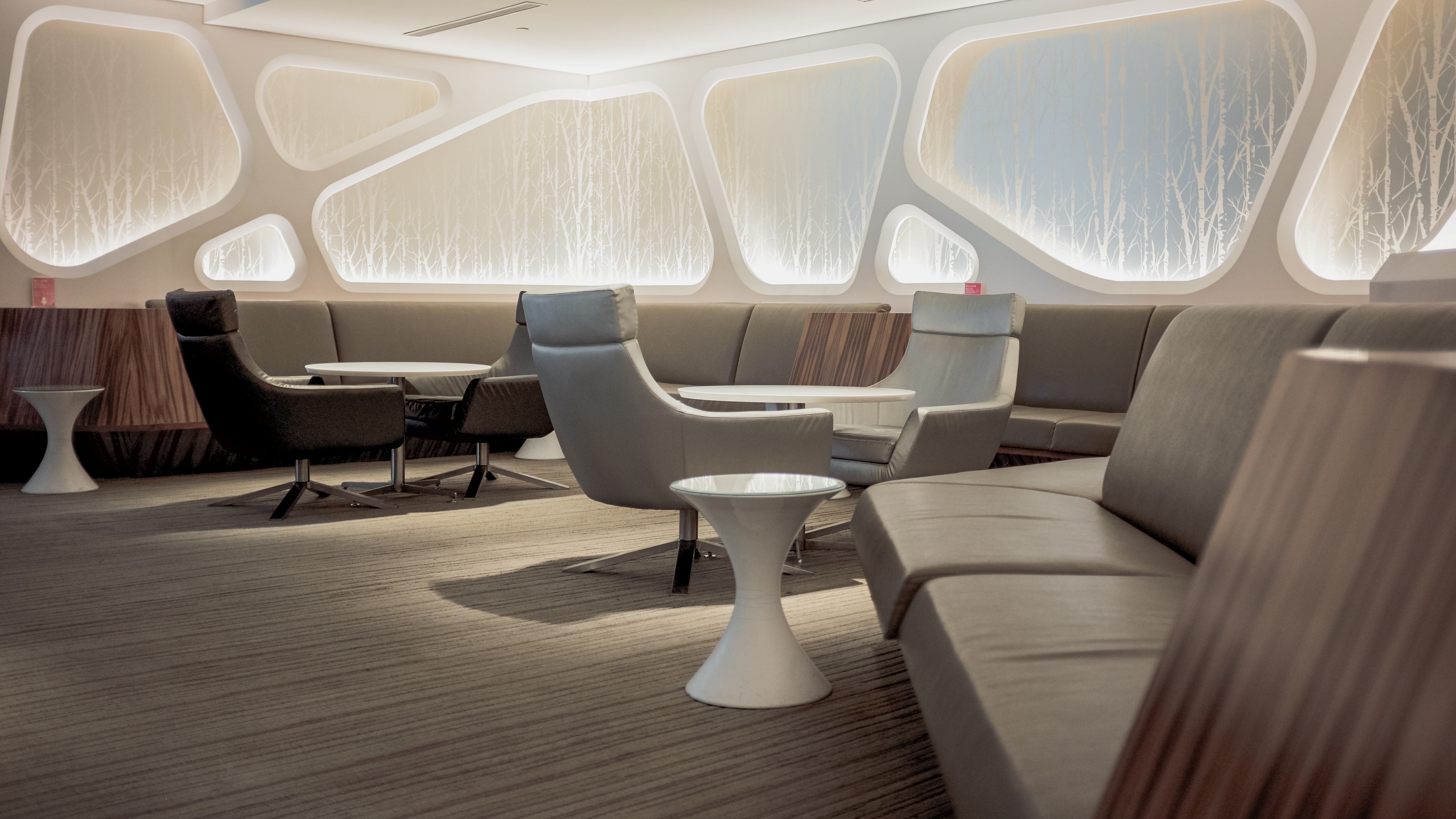These airports have the fastest free Wi-Fi in the US
Long layover? Make sure you’re stopping at one of these airports

Killing time during a long layover can be difficult, especially with a weak Wi-Fi connection, but fortunately new research from Ookla highlights which airports have the fastest free Wi-Fi in the US.
The network intelligence and connectivity firm, known for its popular speed testing tool, surveyed airports around the world to find which ones have the fastest download and upload speeds. This way you can take video calls or even stream your favorite shows while waiting to board your next flight.
Of the 19 airports tested by Ookla during the first quarter of this year, San Francisco International Airport (SFO) took the top spot with a median download speed of 176.25 Mbps followed by Seattle-Tacoma International Airport (SEA) with 171.01 Mbps and Dallas/Fort Worth International Airport (DFW) at 113.64 Mbps. As all of these airports are international hubs that passengers from around the world pass through on the way to their final destinations, it makes sense that they would have the fastest free airport Wi-Fi in the US.
Travelers with layovers should have no trouble with internet speeds at each of these three airports and when making video calls, Ookla observed that upload speeds were even faster than download speeds with SFO and SEA at the top of the list.
On the international front, Dubai International Airport (DXB) in the UAE took the top spot followed by Amsterdam Airport Schiphol (AMS) in the Netherlands and Charles de Gaulle Airport (CDG) in France.
Some airports have multiple networks
If you’re at an airport and connected to the Wi-Fi network but experience slow download or upload speeds, it may be worth checking to see if there are multiple networks. This is because some airports split their Wi-Fi between two SSIDs which serve different spectrum bands.
For instance, Denver International Airport (DEN) has two Wi-Fi networks: “Den Airport Free WiFi” and “Den Airport Free WiFi 2.4". The first one will get you better download speeds (44-46 Mbps) due to the fact that it uses the 5 GHz spectrum while the later uses the 2.4 GHz spectrum.
Sign up to get the BEST of Tom's Guide direct to your inbox.
Get instant access to breaking news, the hottest reviews, great deals and helpful tips.
Likewise, Charles de Gaulle Airport also has two different SSID for its free airport Wi-Fi though “WIFI-AIRPORT” has slightly faster median speeds than “WIFI-AIRPORT-STANDARD,” according to Ookla.

Need even faster Wi-Fi? Head to an airport lounge
While free airport Wi-Fi has improved to the point that you no longer need to use a VPN, those looking for even faster download and upload speeds will want to head to an airport lounge instead.
In many cases Ookla found that airport lounges have faster Wi-Fi like at the United Club in Chicago at O’Hare International Airport; it has a median download speed of 246.17 Mbps compared to its free Wi-Fi network that offers slightly less that 100 Mbps. Alaska Lounge at LAX had the fastest club Wi-Fi download speeds at 238.59 Mbps.
Although free airport Wi-Fi is good enough for streaming on mobile, if you’re on a business trip it might be worth getting a lounge pass just for the faster Wi-Fi.
Make sure you get what you’re paying for
If you do happen to find yourself at an airport without free Wi-Fi and end up paying to get online, it’s worth making sure that your download and upload speeds are worth the added cost.
By using Ookla’s Speedtest, you can easily test your network connection to see how well a particular Wi-Fi network does in terms of download and upload speeds. If these speeds are lower than what you would get when connected to airport Wi-Fi, you should ask for your money back and connect to one of the free Wi-Fi networks instead.
Having fast free Wi-Fi when traveling can be a godsend but you’ll also want to remember to pack a portable charger and a power bank to ensure that all of your devices have enough battery to get you through your flight as well as checked into your hotel.

Anthony Spadafora is the managing editor for security and home office furniture at Tom’s Guide where he covers everything from data breaches to password managers and the best way to cover your whole home or business with Wi-Fi. He also reviews standing desks, office chairs and other home office accessories with a penchant for building desk setups. Before joining the team, Anthony wrote for ITProPortal while living in Korea and later for TechRadar Pro after moving back to the US. Based in Houston, Texas, when he’s not writing Anthony can be found tinkering with PCs and game consoles, managing cables and upgrading his smart home.
